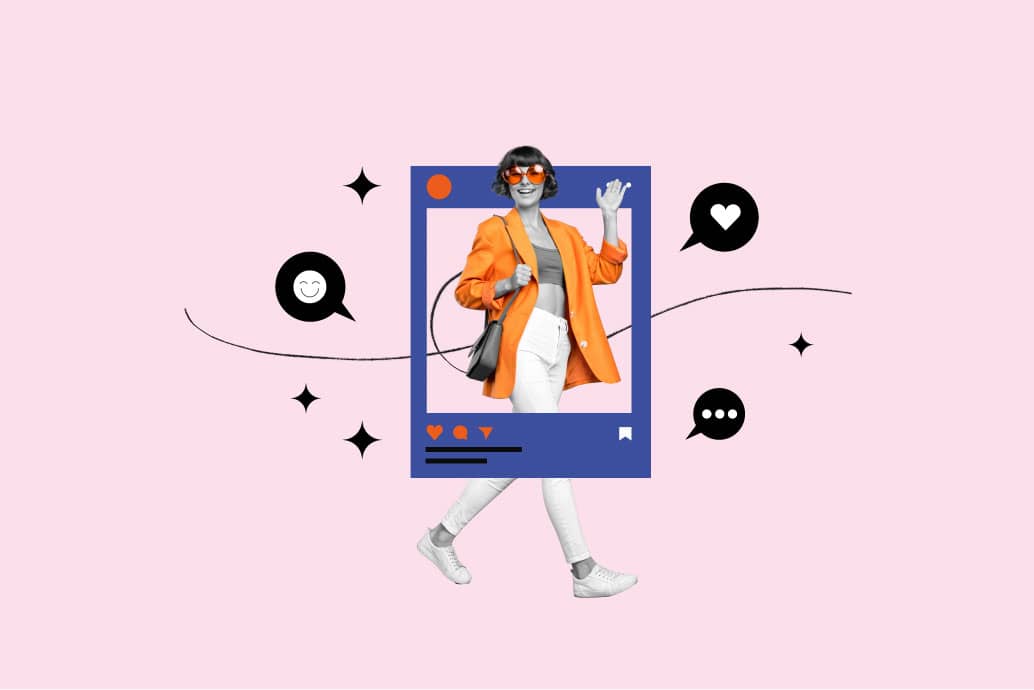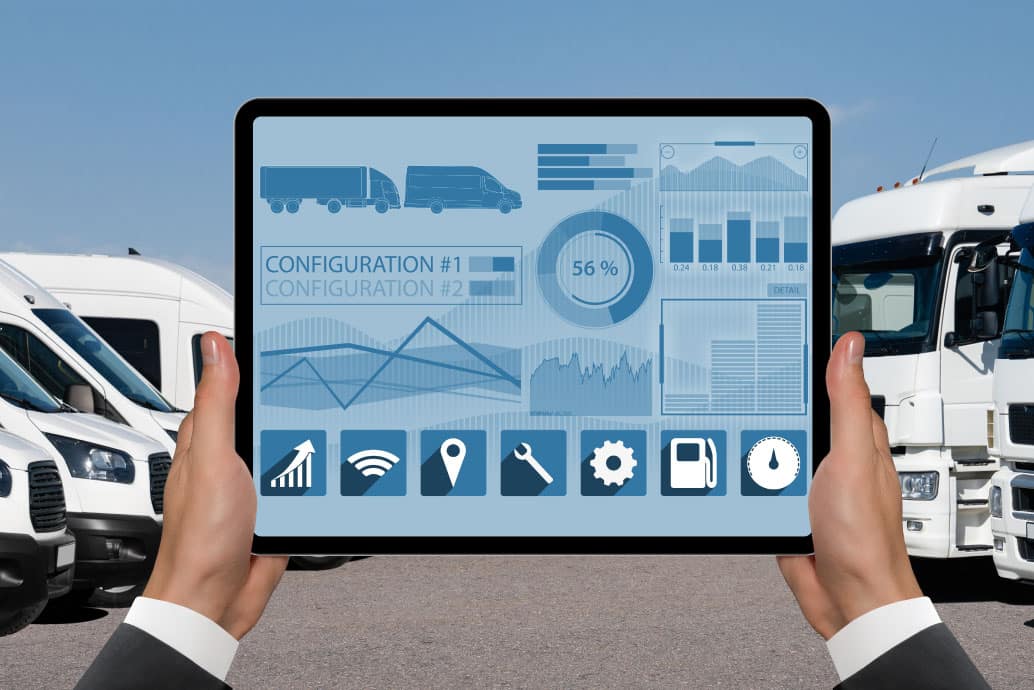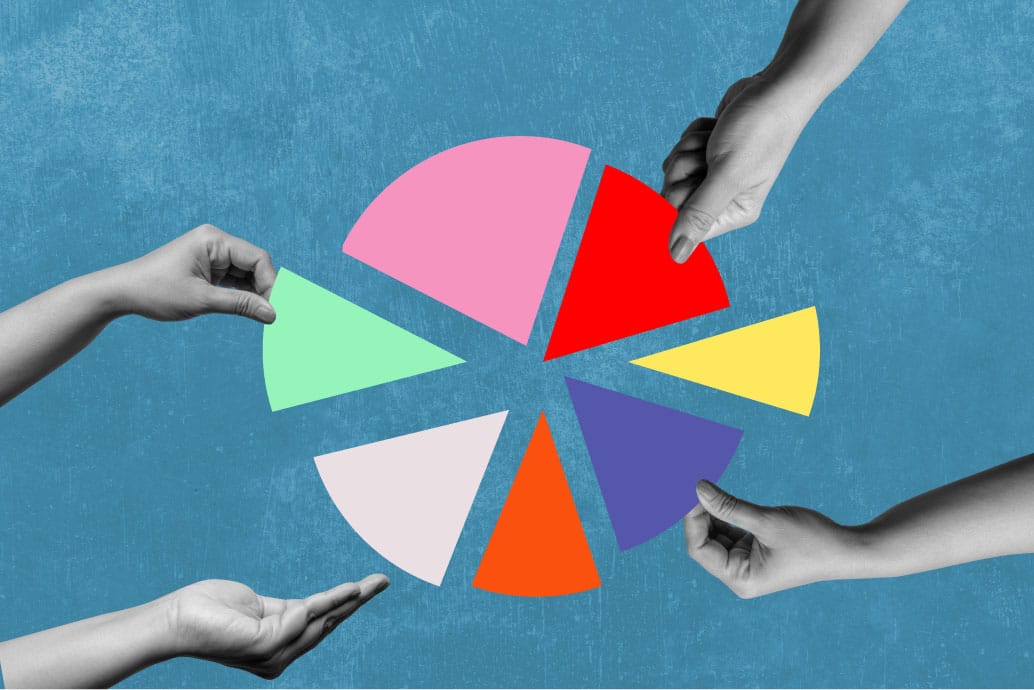A World, led by Sam Altman, CEO of OpenAI, is at the center of a global debate after Germany mandated the exclusion of iris data collected in the European Union. The decision of BayLDA, the data protection authority of Bavaria, is an example of how the collection of biometric data is moving from the realm of science fiction to directly impacting people's lives.
According to the European Data Protection Board (EDPB), 70% of Europeans consider biometric data collection invasive, highlighting concerns about how this information is used and stored.
Alan Nicolas, an expert in artificial intelligence for business and founder ofLegendary Academy[IA], alert that the impact of this decision goes far beyond European borders. "The use of biometric data is no longer a matter of the future. People need to understand that by sharing this data, they are putting their privacy and personal security at risk. Regulation must be clearer to protect individuals," he states.
What's at Stake with Iris Scanning
BayLDA's decision forced World to delete previously collected iris data, claiming there was not enough legal basis for the collection. Although the company claims that the iris codes have already been voluntarily deleted, the order requires new procedures to ensure compliance with European regulations.
Damien Kieran, Chief Privacy Officer of Tools for Humanity, emphasized the need for a more precise definition of anonymization in the European Union. He assures that iris images are not stored, but critics of the practice raise doubts about the tracking and use of these codes.
Because it matters to everyone
In Brazil, World activated 20 collection points in São Paulo, where it has already scanned the irises of over 189,000 people. Although the company promises anonymity, experts point out that biometric data are highly sensitive and can be exploited for unauthorized purposes. "The debate is essential because we are dealing with information that can be used for control or surveillance, something that affects everyone, regardless of whether they are in Europe or Brazil," comments Nicolas.
In other countries, such as Spain and Kenya, the project also faced legal barriers. In the Spanish case, the collection was halted after the Data Protection Agency determined that the practices violated privacy regulations.
From fiction to reality
Alan Nicolas explains that, a few years ago, the use of biometric data to create digital identities was a theme of science fiction movies. Today, it is a reality that influences everything from website authentication to the fight against fake profiles and deepfakes. "It's no longer a matter of fiction. The question now is how to ensure that these technologies benefit people without compromising their privacy. As always, technology is not the villain. What needs caution is how people use it," he emphasizes.
The German decision shows that regulation needs to keep pace with the advancement of artificial intelligence and biometric technologies. "The biggest challenge is to educate people about the risks and ensure that governments and companies work together to create clear rules. Unfortunately, legislation anywhere in the world is not keeping up with the advances and ethical issues raised by these new possibilities. We must rely on everyone's technological education so that they are aware of the potentials and dangers of each tool," concludes Nicolas.













